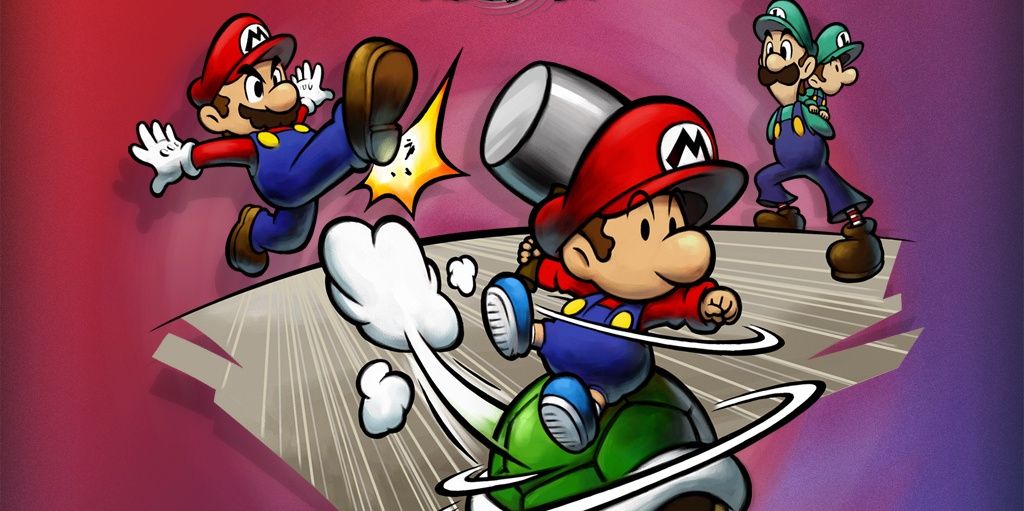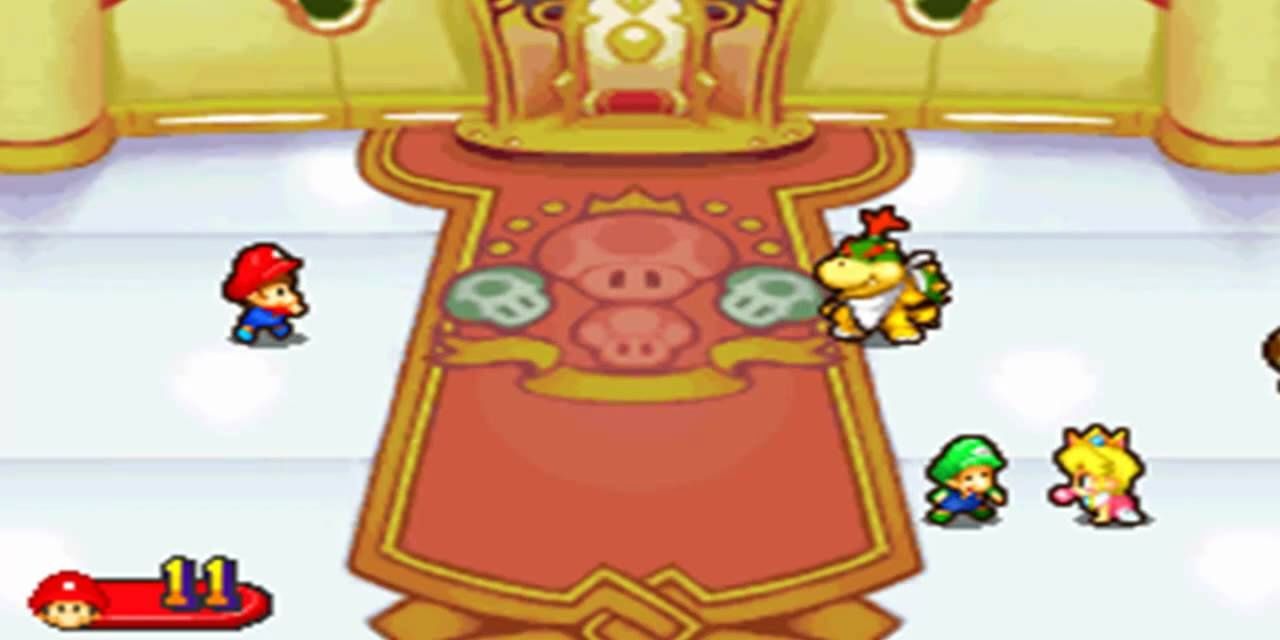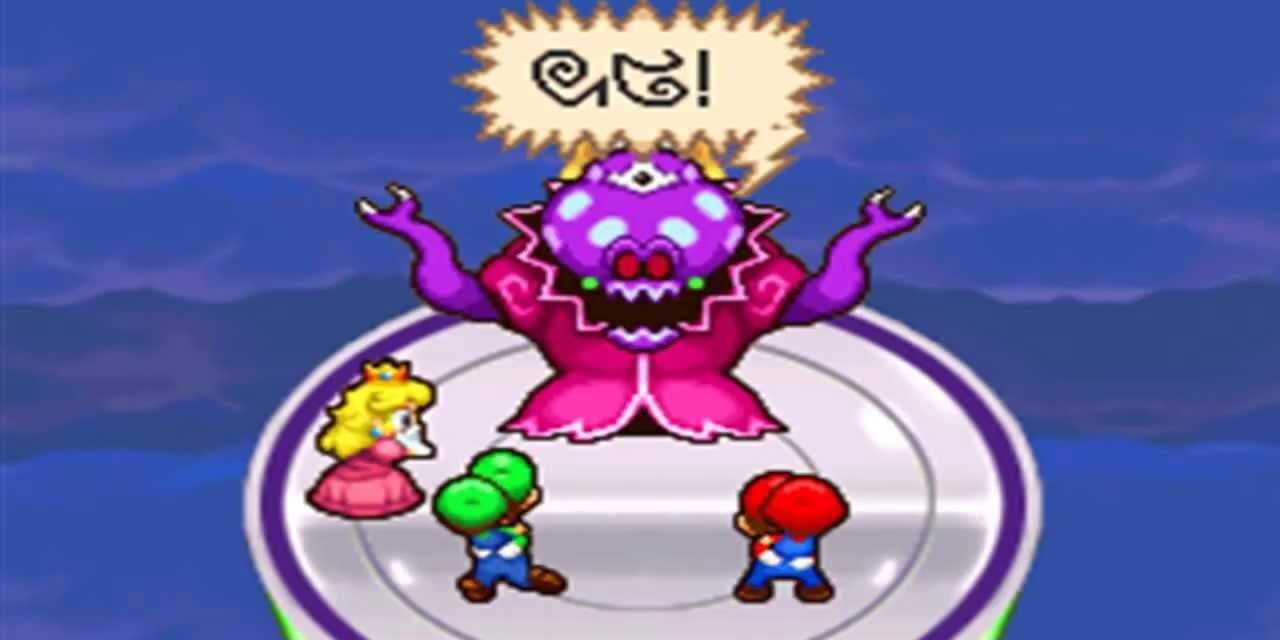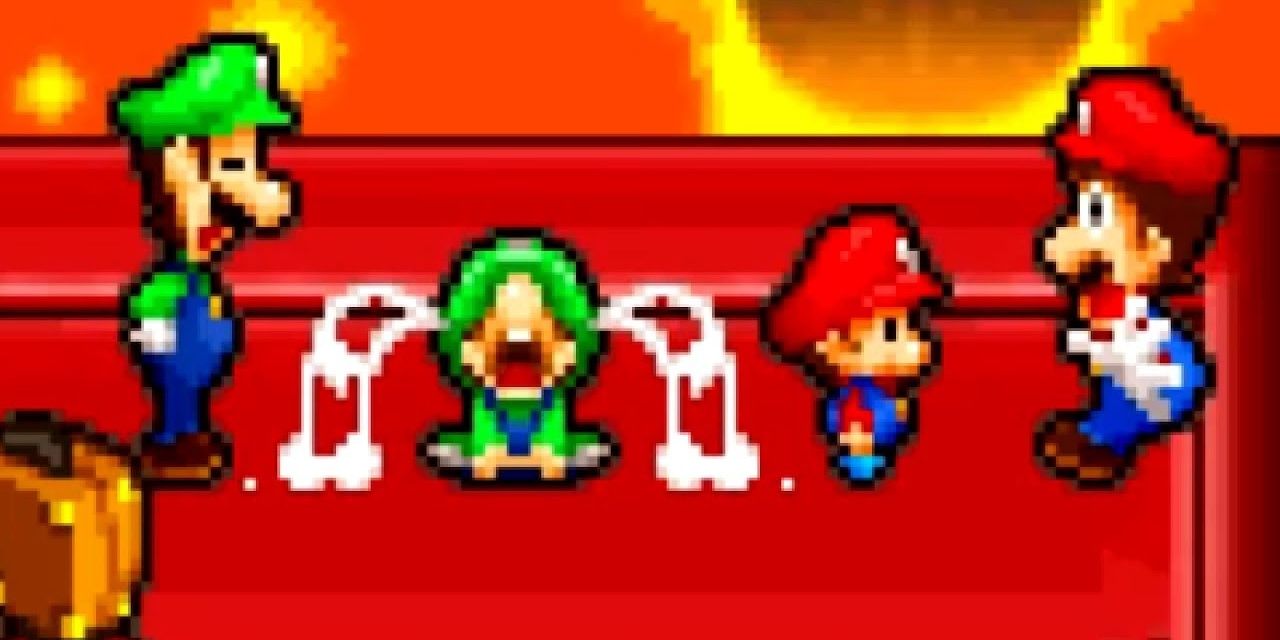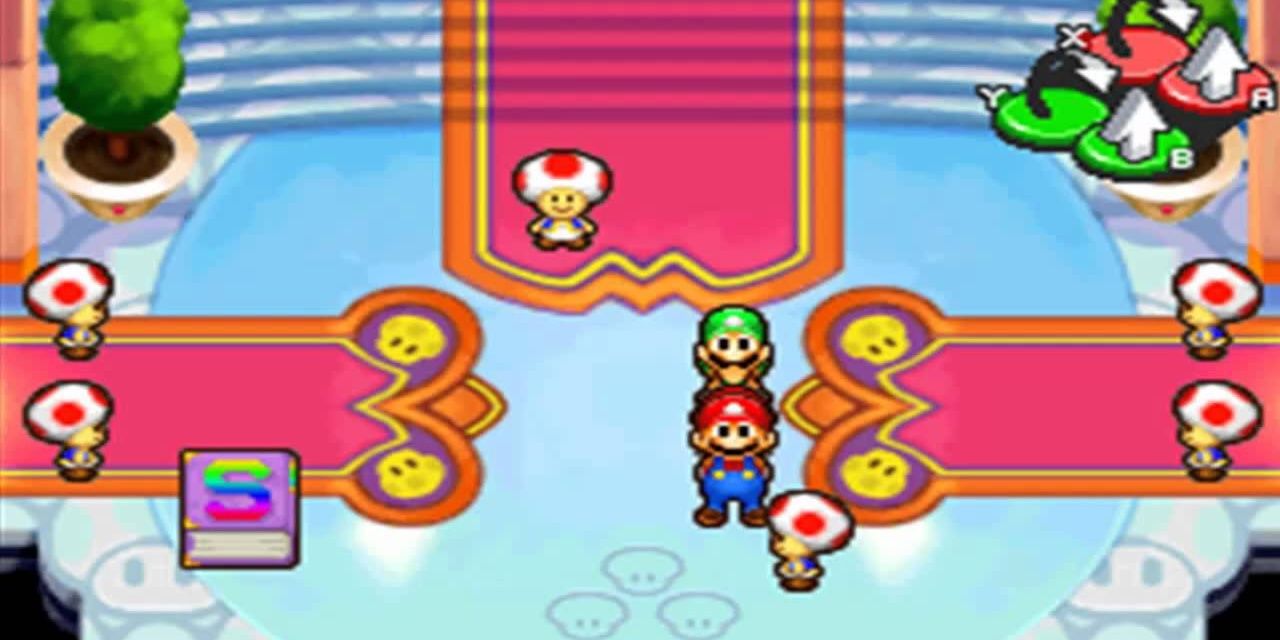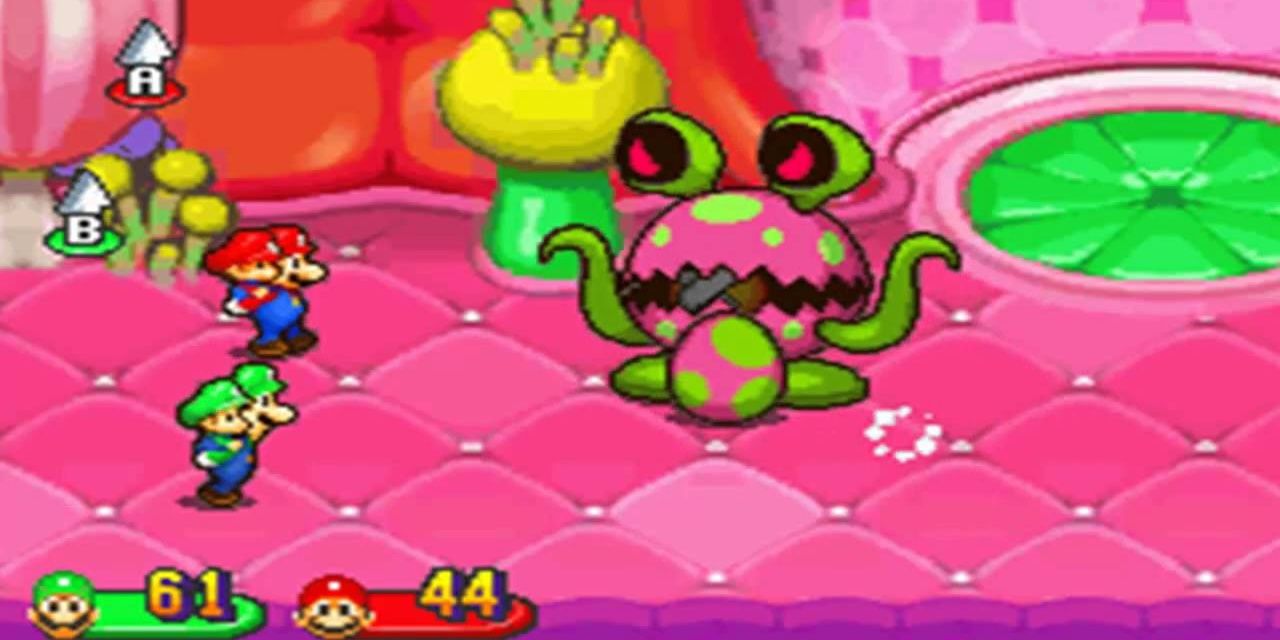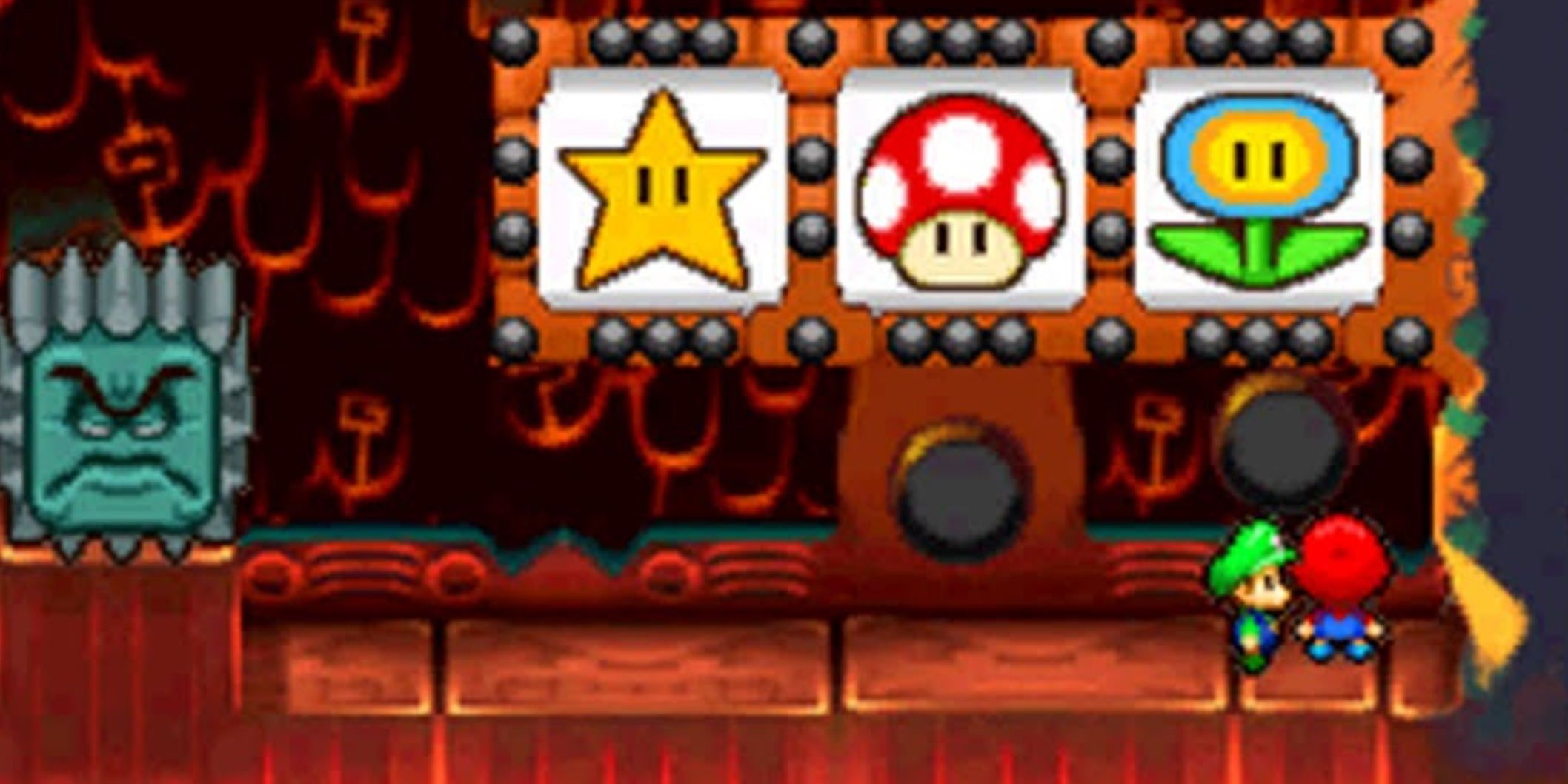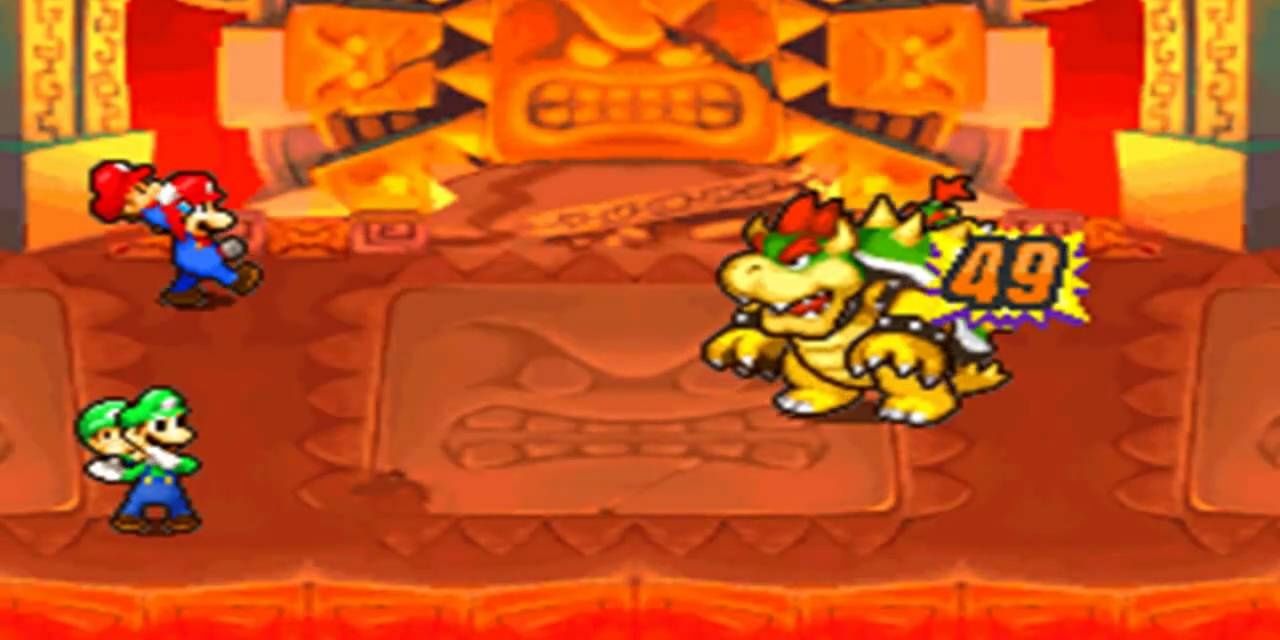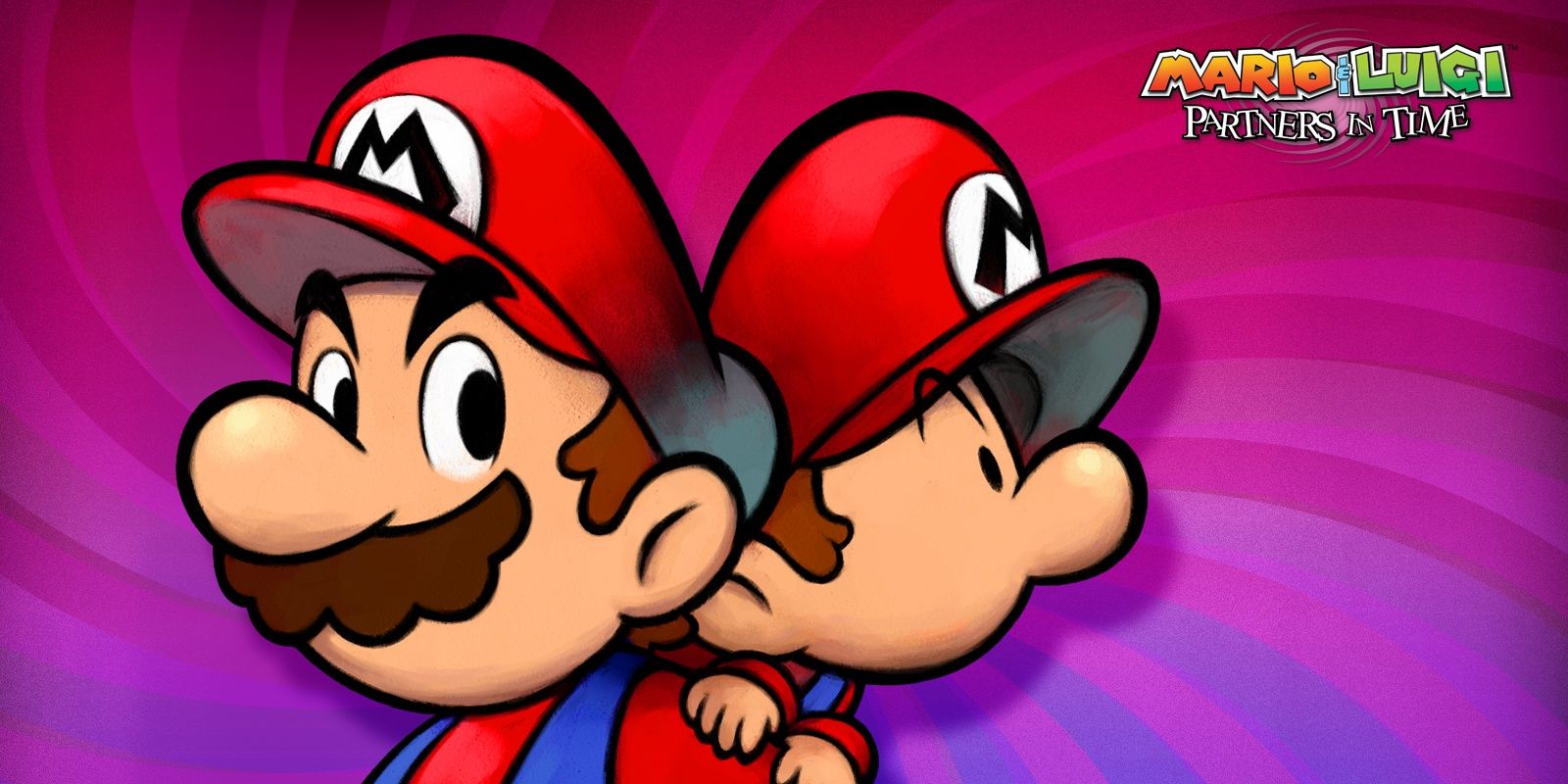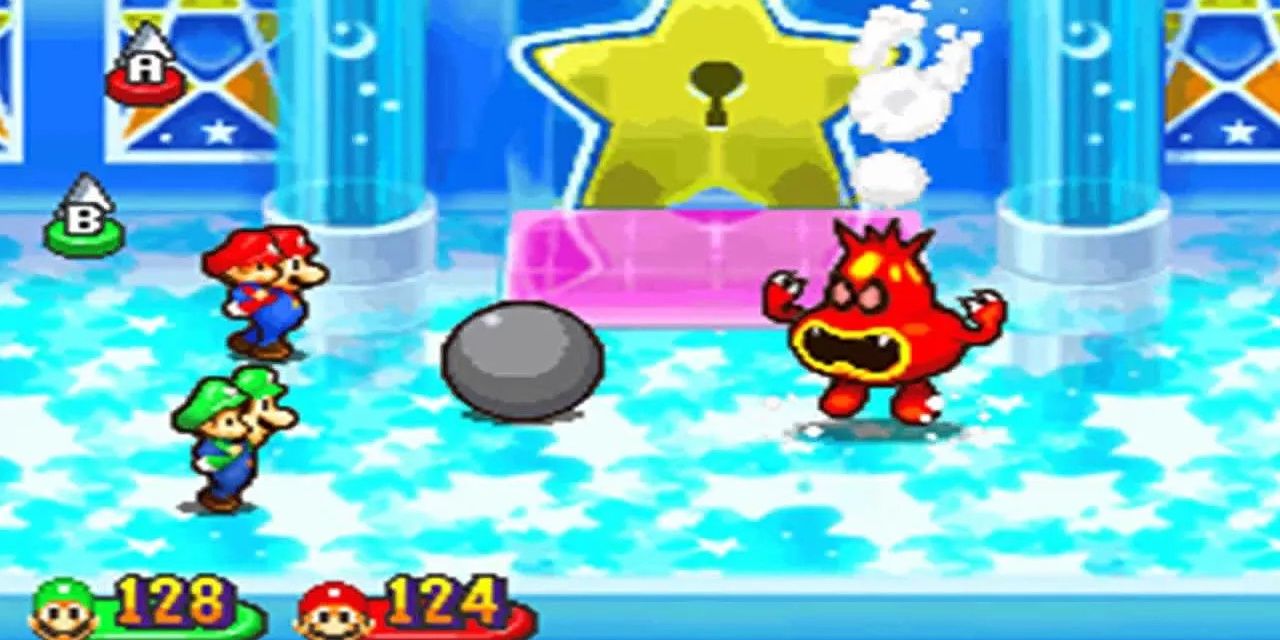With the remakes of some games in the Mario and Luigi series, one game seems to have been overlooked. Mario and Luigi: Partners in Time is perhaps one of the most underrated games in the series. With its change of major aspects from the original game, it was met with both praise and criticism when it came to assessing its worth.
Most find it to be one of the worst in the series. However, some of the points against it are unwarranted, and the game is not as rough as some give it credit for being. The game has some good qualities and some bad ones for sure, but this time-traveling adventure isn’t as rotten as some claim it to be.
10 Bad: Items
Coming off the release of Mario and Luigi: Superstar Saga, this game handles special moves differently from its GBA predecessor. With there being four party members instead of two, the game chose items to represent the special moves, mixing in some team combinations depending on what item is used. For example, the babies can mount the Green Shell and do extra damaged by spinning with their hammers. But, instead of these moves costing Bros. Points, they instead needed to be bought from the shop or found in the field. It just adds a bit of tediousness to the game.
9 Good: Story
The Shroobs were one of the better villains in the Mario and Luigi series. This game’s story was darker, with Toads getting abducted and either harvested or turned into Shroob mushrooms. Peach travels to the Mushroom Kingdom of the past and gets taken by Princess Shroob, sealing her sister in the Cobalt Star. It is up to Mario, Luigi, and their past baby selves to rescue her, traveling to different lands in the kingdom to find the shards and rescue her, meeting past versions of different characters along the way.
8 Bad: Difficulty
The game may be a bit difficult at the beginning, but especially with the introduction of the Ice Flower, the game becomes too easy, too fast. The Ice Flower allows players to inflict a decrease in either the attack, defense, or speed of enemies, as well as having the ice properties inflict more damage to certain enemies.
However, when the enemy’s defense is lowered, all that is needed is a couple of Trampolines or Copy Flowers, and the boss is wrapped up easily. You can even lower the attributes of the phases of the final boss. This was one of the easier Mario and Luigi games.
7 Good: Baby Mario and Luigi
The cuties themselves, Baby Mario and Baby Luigi show what would happen if heroes trapped in baby bodies were tasked with saving the world. Baby Mario is courageous and heroic while being a little overzealous at times, hammering cups away from angry Wigglers. And Baby Luigi is similar to the real Luigi, gentle and kind, but easy to upset and a little cowardly. But there are multiple times when the babies managed to save the older Bros. from other messes that end up separating them. Plus, as mentioned earlier, they can assist with special moves both in and out of combat.
6 Bad: Replay Value
As for most of the Mario and Luigi games, there are no additional difficulties or content after the end of the game. There is a save block that will allow you to go back in time before fighting Princess Shroob, allowing you to collect some gear or grind for more levels, but other than that, there is no reason to play it again after completing it. An argument can be made for the story being worth it, but even that is a weak argument. The game itself is quite long, so replaying it for the story wouldn’t bed as efficient as simply looking up the cutscenes.
5 Good: Gameplay
The gameplay for Mario and Luigi: Partners In Time is very good in that it makes use of Mario and Luigi basically having two smaller counterparts. In the field, puzzles need to be solved using a combination of skills that both the older and younger Bros have.
While Mario and Luigi can chuck the babies to higher levels or even into tree stumps, the babies can activate switches or control platforms in order to help Mario and Luigi get to where they need to be. Warp blocks are used to fetch either group back to the ones that hit the block. In battle, if Mario or Luigi faint, the babies take their place, having weaker stats, but still putting up a good fight. They also allow the Bros to double jump onto enemies, as well as strengthen their hammer attacks.
4 Bad: Minigames
Periodically, there would be sections in the game that utilize either the older or younger group's abilities in order to collect coins or open a new path. It would be insulting to call them puzzles because they were usually pretty linear, either having the babies use their flattened forms to float to switches or collect coins, to the older Bros. using their ball form to race against the clock to unlock the path, or simply doing it to collect more coins. While these seek to spice up the flow of constant battle, they are fairly forgettable and don’t serve the interest they were intending to show. This could have been fixed with more minigames that offered extra items, or some that could have involved all four members together.
3 Good: Music
The music in the game is extremely immersive, matching the theme of the area the Bros. are located in. To the sinister Vim Factory to Princess Shroobs Castle, the tunes that play help to expand the environment past the point of just being another Mario level. Gritzy Desert had the most relaxing music in the game, even being brought into the Super Smash Bros games as music. While the battle theme is slightly generic, having more of an upbeat kick to it, the boss battle music feels like a true boss. The music for Bowser and Princess Shroob specifically are the best battle themes in the game, along with possibly being the best themes in the series, rivaled by the Grand Finale in Mario and Luigi: Bowser’s Inside Story.
2 Bad: Touch Mechanics
This isn’t a strike at the games touch mechanics, but the lack thereof. The only reason the bottom screen was necessary to the main game was to see where you were going on the bottom, while the map of all the areas was on the top. As the first Mario and Luigi game released on the Nintendo DS, they didn’t even bother implementing any sort of touch control or something that required the use of a stylus. The only thing that comes to mind is a point where you have to clean off a smudged picture showing how Princess Peach sealed the elder Princess Shroob away, and that occurred late into the game.
1 Good: Boss Battles
The music for the boss battles was good, but the gameplay of them was also fantastic. The key difference from the boss battles in this game, rather than the ones in Mario and Luigi: Superstar Saga, is the way the bosses attack. They utilize their environment more, instead of just relying on their power alone. For example, in the fight against the Shrooboid Brat in the Koopaseum, the boss consults the audience on who he should attack, allowing the audience to hold up red or green tiles with letters of the Bros’ hats on them. Bosses felt like they existed with their environment, rather than simply being inside a place fighting the heroes.


